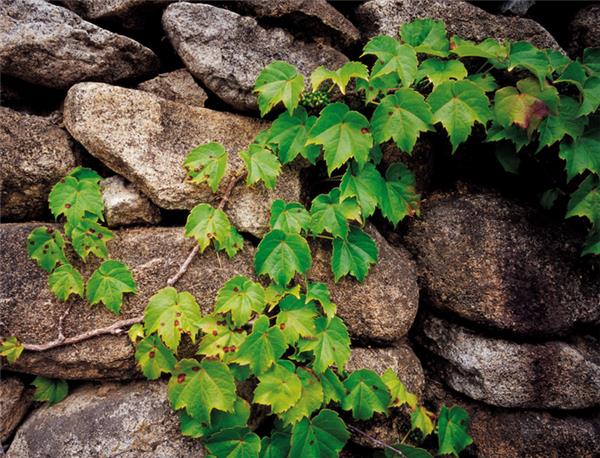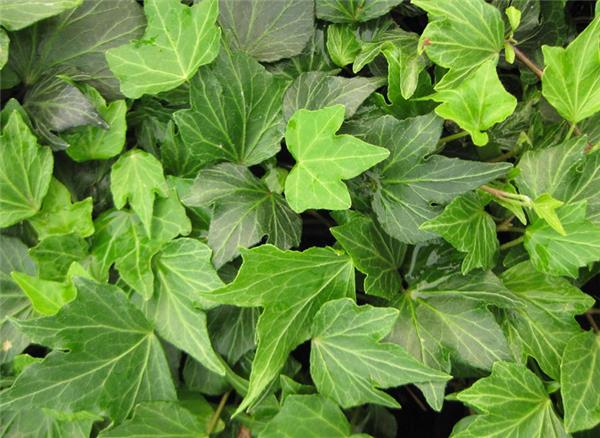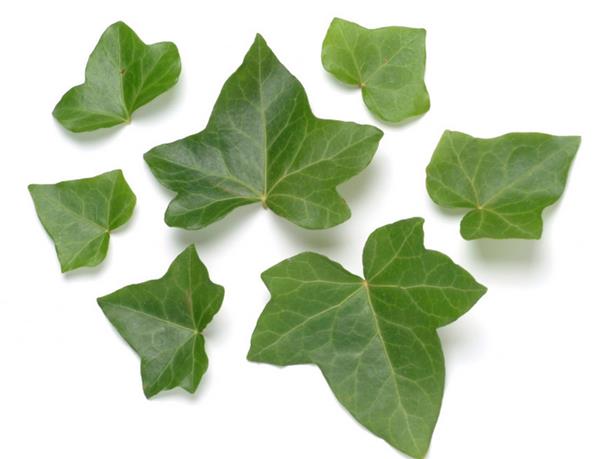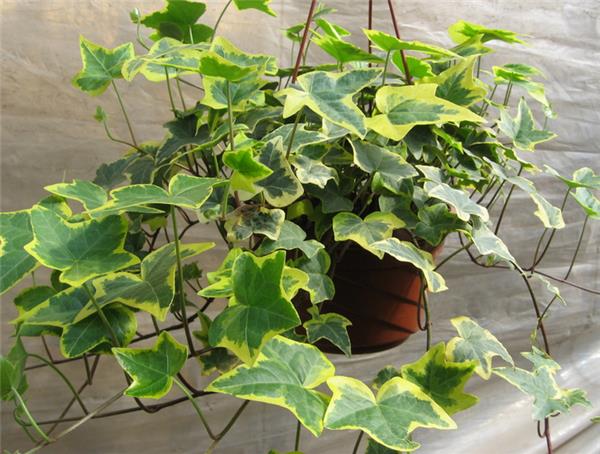The cause of yellowing of Ivy leaves and its solution
Many people in the cultivation of ivy leaves will encounter yellow ivy, ivy leaves yellow how to do? Here are the reasons why Ivy leaves are yellow and how to solve them.

Causes and solutions of ivy leaves yellowing
1, the first situation is very common old leaves yellow, this is a very normal metabolism, we do not have to care too much, as long as the timely cleaning work can be done.
2, no matter which variety of ivy, winter basin soil should be kept moist, not too dry or too wet, pay attention to the humidity of indoor air, too low easy to cause the edge of the leaf yellow, so in winter we should always pay attention to indoor air humidity, if the humidity is not enough should take timely measures to humidify.
3, the impact of light: avoid direct sunlight in summer, if direct sunlight, easy to cause leaf necrosis, winter do not have shade, light can be appropriately strong.

4, the effect of temperature: Ivy has the habit of cold, but Ivy is particularly afraid of frost. It can grow indoors without heating. In addition, it grows poorly at high temperatures in summer and should be placed in a cool and ventilated place.
5, the impact of moisture: in the growth period of ivy must keep the pot soil wet, but avoid the accumulation of water in the pot; winter can reduce the amount of watering, to avoid the phenomenon of pot soil is too dry.
6, the impact of humidity: in high temperature and dry season or indoor, should often spray water to the leaves and plants around, and often clean the leaves.

7, there are pests and diseases: in this case, we should be able to observe by naked eye, whether it is a bug, or what is different from before, you can use a low concentration of pesticide spray to solve this problem.
8, lack of iron element: lack of iron element is yellow from the young leaves, if this situation can be placed into the soil a certain amount of iron filings, can be a good solution to this problem.
If the original environment is different from the current environment, it will cause the plant to temporarily fail to adapt to the leaves and turn yellow.

Ivy likes to grow in a warm and humid environment, so pay attention to watering when breeding. The frequency and amount of watering of ivy can be determined according to temperature and its growth state.
In general, in the growing season of ivy watering to maintain the principle of dry see wet, watering must be poured thoroughly, but do not let the pot soil too wet, otherwise it is easy to cause ivy rotten roots and leaves. Winter temperature is low, ivy growth is slow, to control watering, as long as the pot soil can be kept slightly wet. In addition, when the climate is dry, it can be used to clean the leaves of ivy with water of similar ambient temperature to keep the leaves bright and clean.
Under the same soil conditions, water evaporates more slowly in plastic pots than in clay pots, so ivy grown in plastic pots has longer watering intervals. In general, plastic pots planted ivy can be watered once every 4-6 days, while clay pots are watered once every 2-4 days. The watering frequency can also be adjusted appropriately according to changes in seasonal temperature and the like.
Related
- Wuhan Hospital Iron Tree Blooming Result Was Instantly Frightened by the Gardener Master
- Which variety of camellia is the most fragrant and best? Which one do you like best?
- What is the small blue coat, the breeding methods and matters needing attention of the succulent plant
- Dormancy time and maintenance management of succulent plants during dormancy
- Minas succulent how to raise, Minas succulent plant pictures
- What are the varieties of winter succulent plants
- How to raise succulent plants in twelve rolls? let's take a look at some experience of breeding twelve rolls.
- Attention should be paid to water control for succulent plants during dormant period (winter and summer)
- Watering experience of twelve rolls of succulent plants
- Techniques for fertilizing succulent plants. An article will let you know how to fertilize succulent plants.



